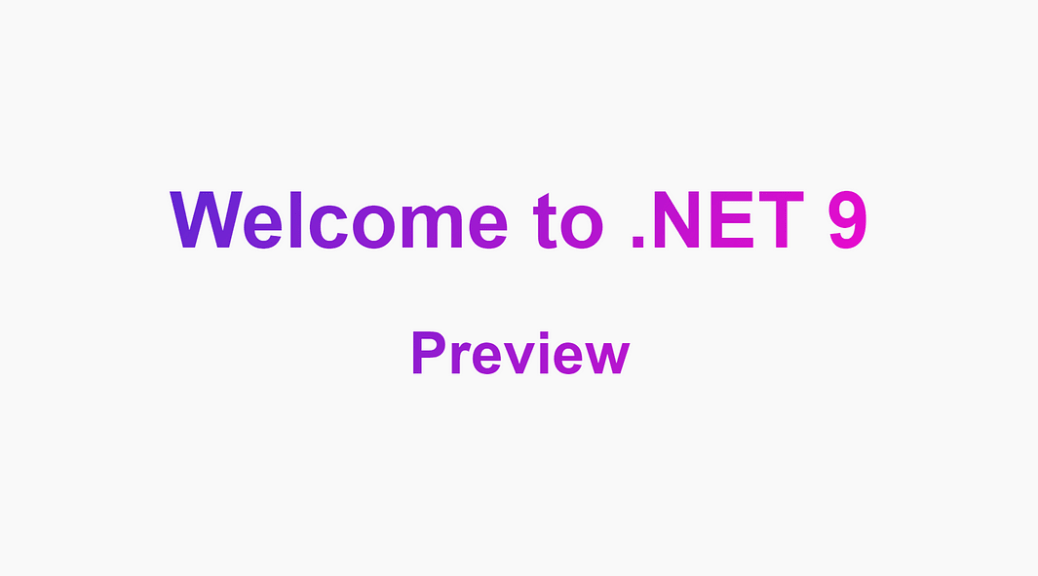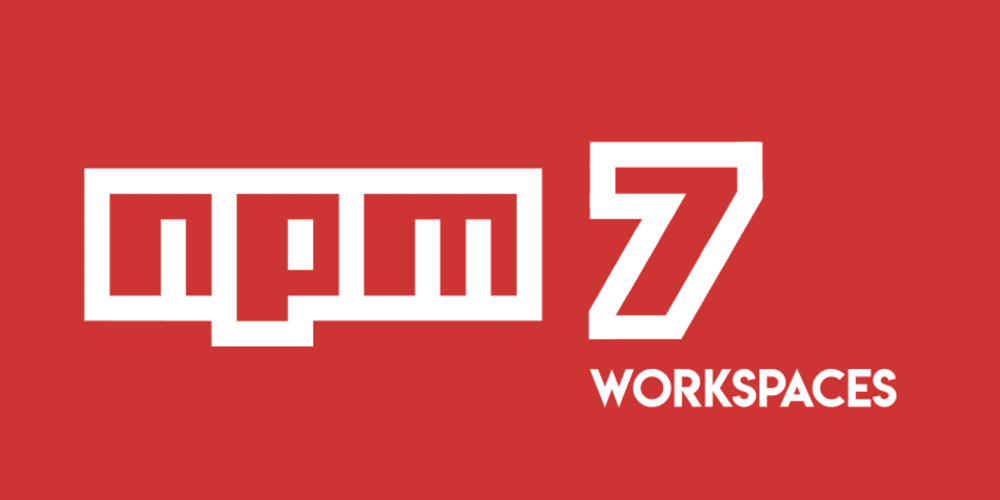Gmail Hacks You NEED Now
Here’s a breakdown of the Gmail hacks with detailed steps: 1. Unsubscribe from Promotional Emails: 2. Undo a Sent Email (with a time limit): Important Note: This feature only works within the chosen time window after hitting send. 3. Send a Confidential Email (sort of): Remember: This doesn’t guarantee complete confidentiality, but adds an extra layer of security. 4. Master Keyboard Shortcuts: 5. Schedule Emails for Later: 6. Prep Canned Responses for Frequent Replies: 7. Snooze Emails for Later: 8….




